30 Photos That Totally Sum Up The 1910s

Step back in time to the 1910s—a decade of transformation, innovation, and a touch of old-world charm.
From the dawn of aviation to the rise of women’s suffrage, this era was bursting with progress, all captured in stunning black-and-white photographs. But history isn’t just about grand moments—it’s also filled with quirky, unexpected snapshots that remind us that people a century ago weren’t all that different from us.
Imagine dapper gentlemen riding the earliest motorcycles with questionable safety measures, flapper-era rebels pushing the boundaries of fashion, and everyday folks trying (and often failing) to navigate the latest inventions.
These 30 photos bring the decade to life, showcasing everything from groundbreaking technological advances to hilariously awkward family portraits. Some will leave you in awe, others might make you chuckle, and a few may even tug at your heartstrings.
Whether you’re here for the history or just the unexpected surprises, this collection is sure to delight!
1. Titanic’s Ill-Fated Voyage
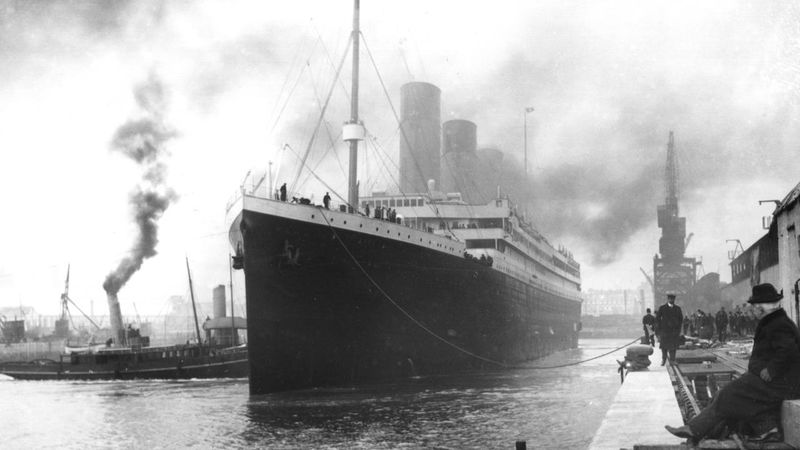
Ah, the Titanic! The ship of dreams, or as history would have it, the unsinkable legend that met its icy fate in 1912. Imagine the grandiosity of this floating palace, with its lavish interiors and the crème de la crème of society aboard. Despite the unfortunate end, it’s easy to picture the majesty and optimism that the Titanic symbolized in its day.
However, fate had a different course charted. The iceberg, the night, and the ensuing chaos—an unexpected twist that left the world sobbing. Yet, it remains etched as a tale of hubris and humanity’s quest to conquer nature.
Fast forward to today, and the Titanic continues to inspire movies, books, and endless debate. So next time you’re planning a cruise, maybe pick a vessel with a few more lifeboats? The story of the Titanic remains a testament to ambition, luxury, and the unpredictable nature of life.
2. World War I Trenches
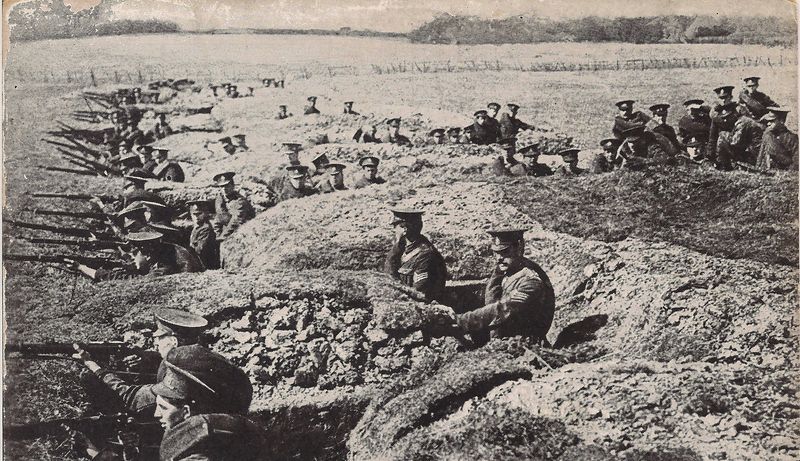
World War I, the Great War, was anything but a picnic on a sunny afternoon. Picture soldiers entrenched in muddy ditches, playing a grim waiting game with destiny. The only thing more constant than the rain was the camaraderie among the troops, sharing stories and rations as bullets whizzed by.
Life in the trenches was a cocktail of mud, bravery, and a hint of desperation. The irony? Signing up for adventure, they found themselves in a quagmire—literally. Imagine the smell of damp earth mixed with the smoke of battle, a scent forever lingering in history’s nostrils.
From these trenches, tales of heroism and sacrifice emerged, etching the human spirit’s resilience into the annals of time. It’s a poignant reminder that even in the darkest times, hope and humor can dig us out of the deepest trenches. So, next time you’re in a rut, remember: it could be a trench!
3. Women’s Suffrage Marches
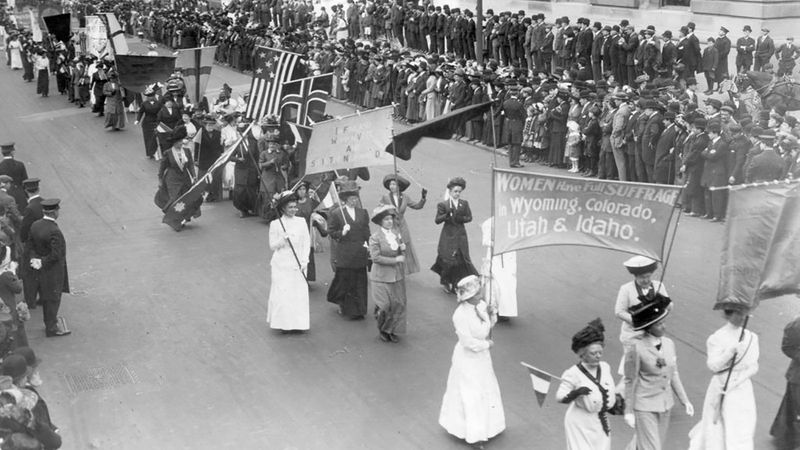
1910s saw women marching to the beat of their own drum, demanding the right to vote. The streets were alive with the sound of determination as suffragists rallied, placards in hand. These women weren’t just making headlines; they were making history.
With each step, they paved the way for future generations, leaving a trail of empowerment and equality. The suffrage movement was like a persistent kettle drum in the symphony of change, resonating across the globe.
The courage and tenacity of these women brought about a seismic shift, turning the tide toward gender equality. Next time you vote, remember it’s thanks to these trailblazers who stood tall and marched forward. Their legacy is a testament to the power of unity and the belief that every voice should be heard. Here’s to voting with gusto—and maybe a dash of sass!
4. Charlie Chaplin’s Comedic Genius

If laughter is the best medicine, then Charlie Chaplin was the doctor of the decade. With his bowler hat, toothbrush mustache, and cane, Chaplin’s comedic genius transcended the silent film era, leaving audiences in stitches. His character, the Tramp, was a delightful mix of mischief and heart, navigating life’s quirks with a playful twirl.
Chaplin’s slapstick routines were a balm for a world at war, providing moments of levity amidst the chaos. His films were more than just entertainment; they were a mirror reflecting society’s whims and woes.
The universal appeal of Chaplin’s humor bridges cultures and generations, a testament to the timelessness of his artistry. Next time you find yourself in a silent jam, channel your inner Tramp and dance your cares away. Charlie Chaplin remains a cherished icon, proving that sometimes, actions speak louder than words.
5. First Commercial Airplane Flight

The 1910s were an era of soaring ambition, quite literally! The first commercial airplane flight took to the skies, turning clouds into the new frontier. Picture this: a biplane with a daredevil pilot, scarf fluttering in the wind, ushering in a new age of travel.
This airborne adventure marked the dawn of modern aviation, shrinking the world and expanding possibilities. It was a time when the sky was no longer the limit but the launchpad for human ingenuity.
As passengers took to the air, they were more than just travelers—they were pioneers of a new era. So, next time you’re grumbling about legroom, remember the pioneers who faced bumpy skies with a smile. The first commercial flight was a leap of faith, setting the course for a future where travel knows no bounds.
6. The Panama Canal Opens
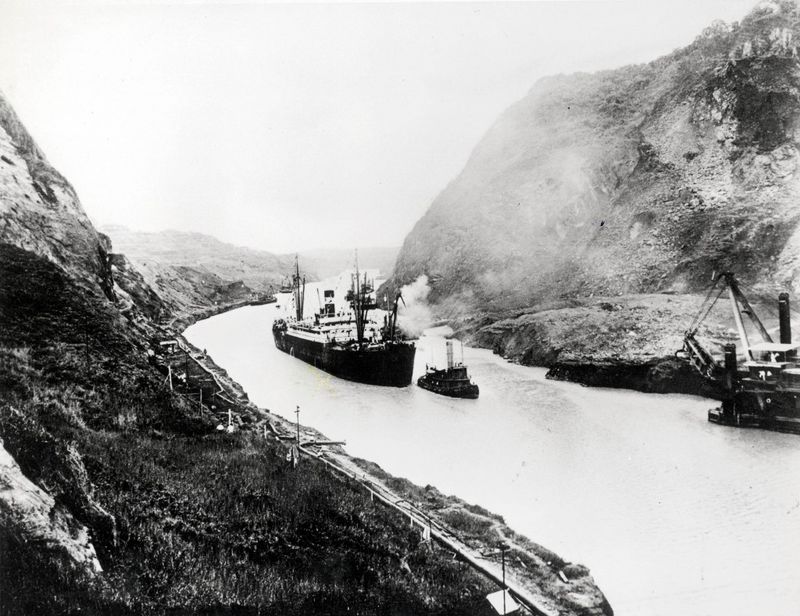
The opening of the Panama Canal in the 1910s was a monumental feat of engineering, akin to Mother Nature’s shortcut. This ambitious project sliced through the land, connecting the Atlantic and Pacific Oceans like a watery handshake across continents.
Imagine the hustle and bustle of ships navigating this new aquatic highway, cutting travel time and redefining global trade. The canal was more than a passageway; it was a symbol of human tenacity and vision, carving a path to the future.
The Panama Canal remains a marvel, a testament to what can be achieved with grit and determination. Next time you’re cruising through life, think of the canal—sometimes, creating your own path can lead to uncharted horizons. The canal stands as a bridge between worlds, built on dreams and the sweat of countless workers.
7. Albert Einstein’s Theory of Relativity

E=mc²—three characters that shook the world. In the 1910s, Albert Einstein unveiled his Theory of Relativity, redefining the very fabric of the universe. Imagine Einstein, with his wild hair and piercing gaze, scribbling equations that would change everything.
His theory challenged the status quo, bending time and space like a cosmic yoga class. It was a brain-teaser that left even the brightest minds pondering the possibilities.
Einstein’s genius transcended the confines of his equations, inspiring generations of scientists and dreamers. Next time you gaze at the stars, remember Einstein and his relativity—because even the universe has its quirks. His theory remains a cornerstone of physics, a testament to the boundless curiosity that drives human progress.
8. Ford Model T Revolutionizes Travel
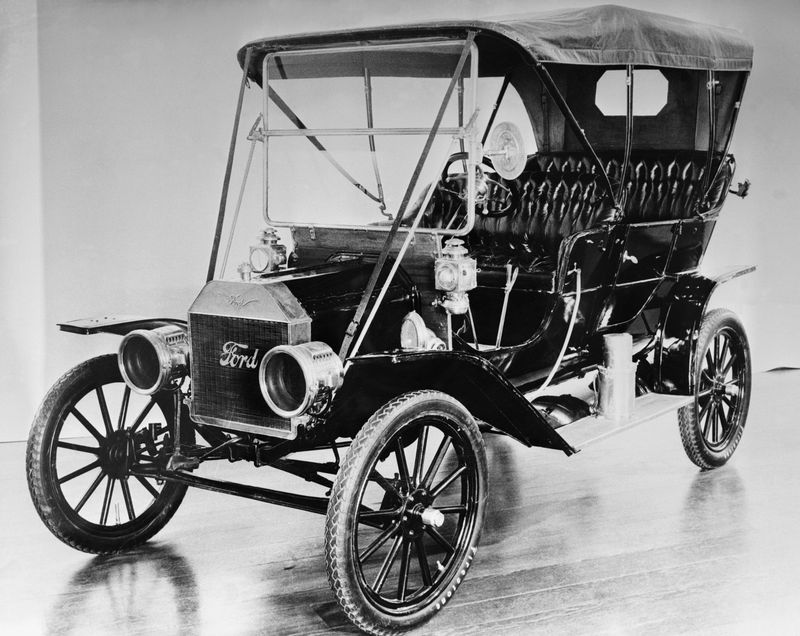
The Ford Model T drove into the 1910s like a car-shaped revolution, changing travel dynamics forever. Dubbed the Tin Lizzie, this automobile brought the open road to the masses, turning the mundane into a motorized adventure.
Imagine families, hats flying, as they explored the countryside, the wind in their hair and freedom at their fingertips. The Model T wasn’t just transportation; it was liberation on four wheels.
This iconic vehicle paved the way for modern motoring, with Henry Ford’s assembly line making cars affordable for the average Joe. Next time you’re stuck in traffic, thank the Model T for making that traffic possible. The Ford Model T remains a symbol of innovation, proving that sometimes, the best journeys are those taken with a little horsepower and a lot of spirit.
9. The Dapper Zoot Suit

The zoot suit swaggered into the 1910s with flair and panache, turning sidewalks into runways. Imagine the dapper gentlemen, with wide lapels, tapered trousers, and a fedora tilted just so—a style statement that screamed confidence.
This sartorial sensation wasn’t just about looks; it was a cultural phenomenon, a defiant nod to individuality and expression. The zoot suit was a rebellion against the mundane, a sartorial revolution that danced to its own jazz beat.
In an era of change, the zoot suit was a fabric of identity, weaving threads of culture and style into a vibrant tapestry. Next time you’re dressing up, channel your inner zoot suiter and strut with confidence. The zoot suit remains a fashion icon, proving that style is eternal, and a dapper attitude never goes out of vogue.
10. The Silent Film Era
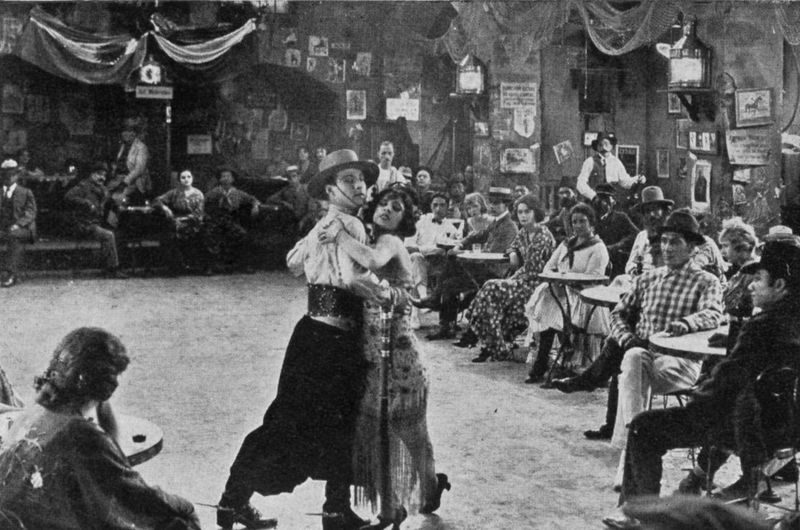
The silent film era of the 1910s was a cinematic symphony without words, where actors spoke with their eyes and emotions danced across the screen. Picture a theater, the flickering glow of the projector casting shadows as audiences laughed, cried, and gasped in unison.
Silent films were an art form that transcended language, with stars like Mary Pickford and Douglas Fairbanks becoming household names. The absence of dialogue was filled with music, a universal language that connected viewers with the story.
These films laid the groundwork for today’s cinematic masterpieces, proving that sometimes, less is more. Next time you’re at the movies, think of the silent era—a time when celluloid dreams whispered their magic without uttering a single word. The silent film era remains a testament to the power of visual storytelling, captivating audiences with the elegance of simplicity.
11. Prohibition Begins
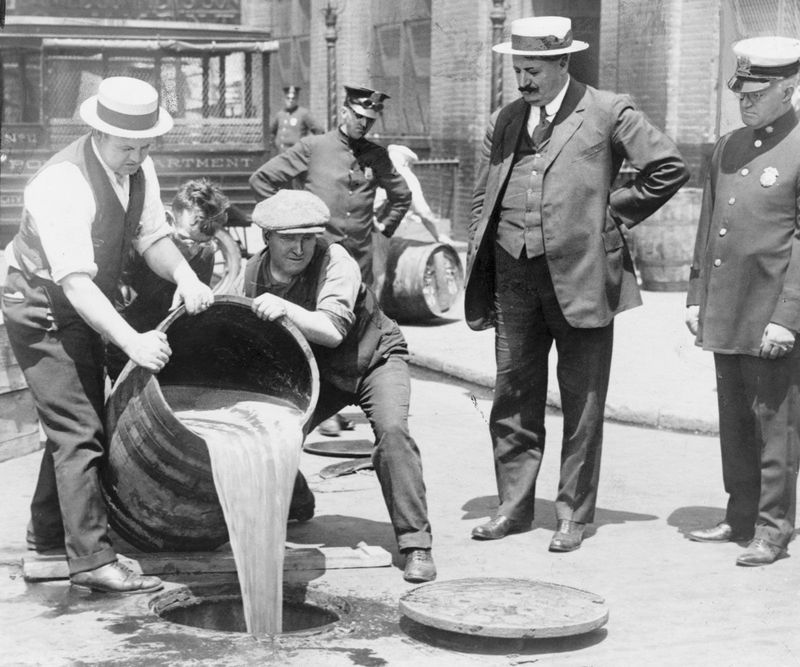
Prohibition in the 1910s was a spirited attempt to dry out America, leading to a rise in speakeasies and secretive soirées. Imagine flapper dresses swaying to jazz, as patrons whispered passwords at hidden doors, entering a world where the drinks were as illicit as they were innovative.
The ban on alcohol didn’t quench the thirst for entertainment; instead, it fueled creativity and camaraderie. Speakeasies became the epicenter of social life, a bubbling cauldron of culture and cocktails.
Prohibition was a paradox, a period of restriction that uncorked a new era of liberation. Next time you sip a cocktail, toast to the speakeasy spirit—a reminder that ingenuity thrives even under prohibition. Prohibition remains a colorful chapter in history, illustrating how creativity can flourish even in the driest of times.
12. The Birth of Jazz
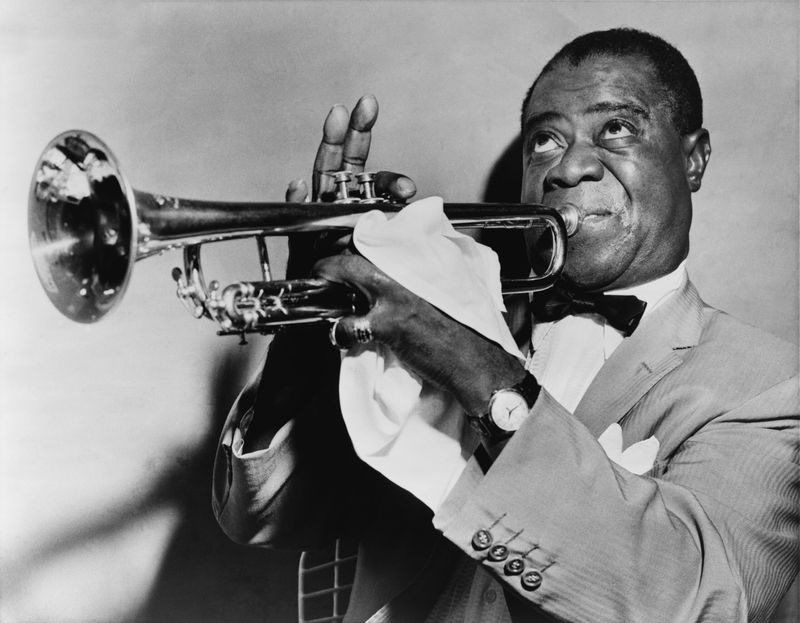
The 1910s heralded the birth of jazz, a musical revolution that turned every note into an invitation to dance. Picture a smoky club, the sultry sound of trumpets and saxophones weaving a tapestry of rhythm and blues.
Jazz was more than just music; it was a cultural movement, a rebellion against the status quo. Musicians like Louis Armstrong took center stage, improvising melodies that resonated with the soul.
This genre blurred boundaries, uniting people across backgrounds and creating a universal language of joy. Next time you tap your feet to a beat, thank jazz for setting the rhythm of modern music. Jazz remains a timeless testament to the power of creativity and the unifying force of melody.
13. The Picasso Effect
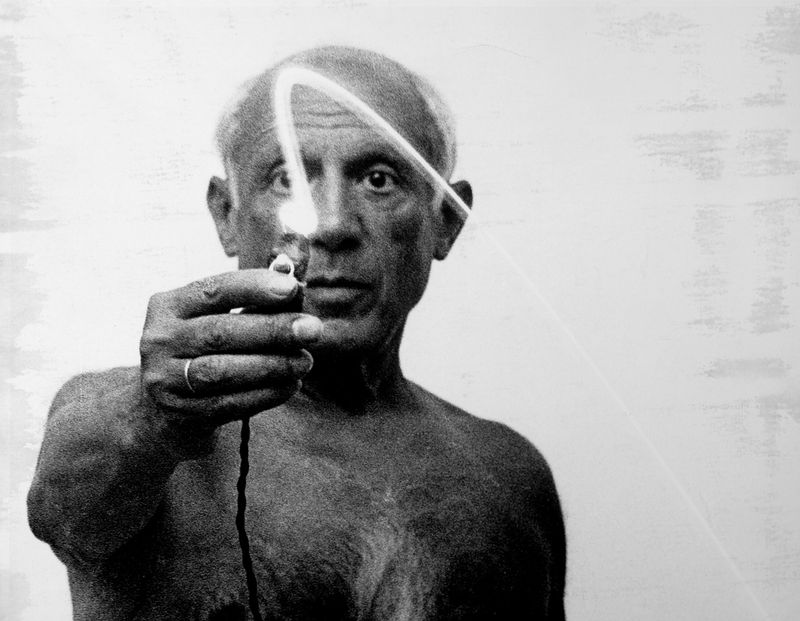
Pablo Picasso painted his way into the 1910s with a brush dipped in innovation and a canvas that defied convention. Imagine the audacious colors and bold lines of his abstract creations, challenging perceptions one stroke at a time.
Picasso’s art was a kaleidoscope of ideas, merging reality and imagination in a visual feast. His work was a rebellion against the ordinary, a testament to the power of perspective.
The Picasso effect transformed art, inspiring generations to see the world through a multifaceted lens. Next time you view a painting, let Picasso’s legacy guide you—because art is all about perspective. Picasso remains a pioneering figure, proving that creativity knows no bounds and that art can be both a mirror and a maze.
14. The Sinking of Lusitania
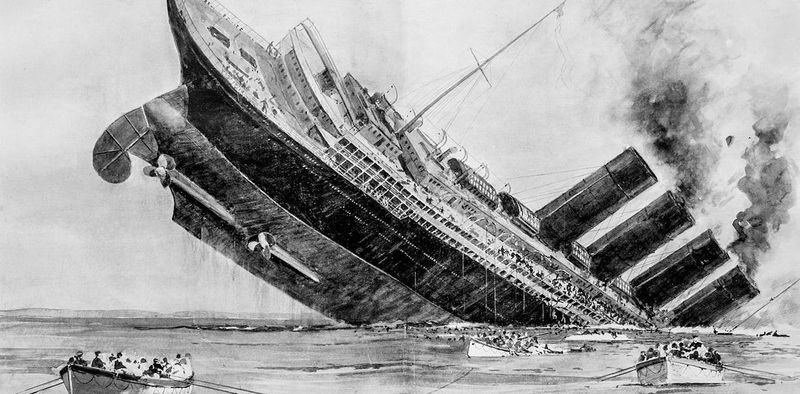
The Lusitania’s tragic sinking in 1915 sent shockwaves across the globe, a maritime disaster that echoed the fragility of peace. Picture the grand liner, once a symbol of luxury, now a haunting silhouette against the horizon.
This tragedy highlighted the perils of war, drawing nations closer to conflict and underscoring the cost of human life. The sinking of the Lusitania was more than a loss; it was a turning point that reshaped geopolitical landscapes.
In its wake, calls for justice and change grew louder, a reminder that even in darkness, the human spirit strives for light. Next time you see a ship, remember the Lusitania—a testament to the enduring quest for peace amidst the tides of history. The Lusitania remains a poignant symbol of wartime sacrifice, a chapter inked in both sorrow and hope.
15. The Spanish Flu Pandemic
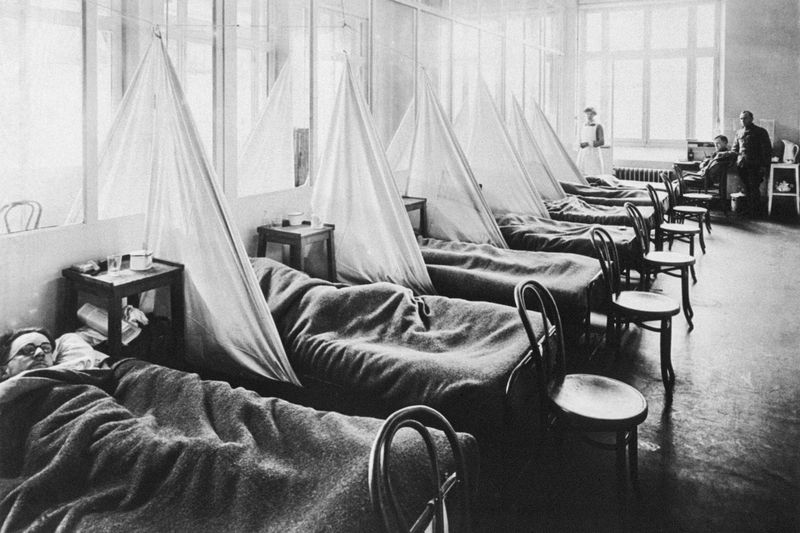
The 1918 Spanish Flu Pandemic was a reminder that even in an era of progress, nature wields formidable power. Picture crowded streets, faces obscured by masks, as communities grappled with an invisible foe.
This pandemic was a global challenge, testing resilience and unity in the face of adversity. It was a stark reminder of life’s vulnerability, yet it also showcased humanity’s ability to adapt and overcome.
The lessons of the Spanish Flu resonate today, underscoring the importance of public health and preparedness. Next time you wear a mask, think of those who came before, navigating uncertainty with courage and compassion. The Spanish Flu remains a testament to the tenacity of the human spirit, a chapter etched in both caution and courage.
16. The Art Nouveau Movement
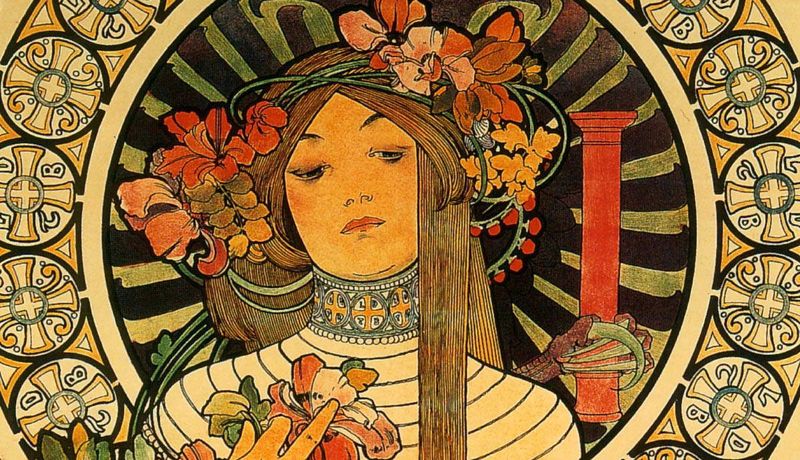
The Art Nouveau movement of the 1910s was a celebration of elegance and innovation, where architecture and design danced in harmony. Imagine buildings adorned with ornate ironwork and floral motifs, each a testament to creativity and craftsmanship.
Art Nouveau was more than a style; it was an embrace of nature’s curves and the beauty of asymmetry. It turned the mundane into art, inviting viewers to see the world through an artistic lens.
This movement left an indelible mark on design, influencing generations of architects and artists. Next time you admire a building, look for the Art Nouveau touch—a reminder that beauty and functionality can coexist. The Art Nouveau movement remains a testament to the timeless allure of art and its power to transform spaces.
17. The Harlem Renaissance
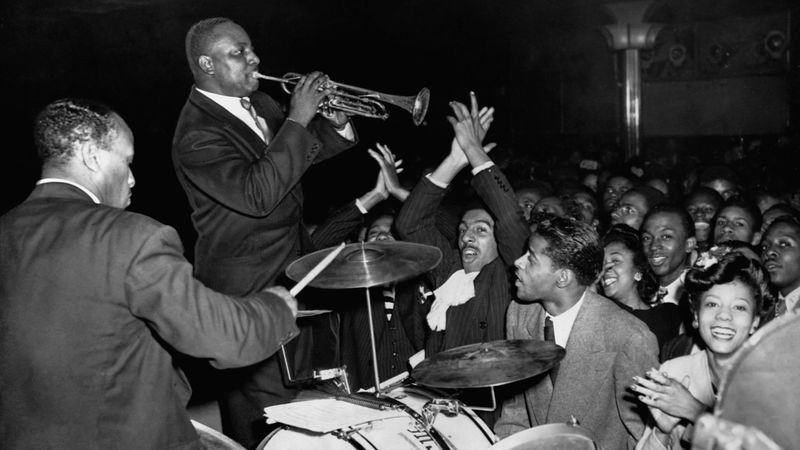
The Harlem Renaissance bloomed in the 1910s, a cultural explosion that transformed New York into a hub of artistic innovation. Picture the vibrant streets, alive with the sound of jazz, poetry readings, and art exhibitions.
This renaissance was a celebration of African American culture, a movement that redefined identity and expression. It was a time when creativity knew no bounds, and talent found its voice.
The Harlem Renaissance left a legacy of empowerment, inspiring artists and thinkers across the globe. Next time you hear jazz or read a powerful poem, think of Harlem—a testament to the enduring power of art and culture. The Harlem Renaissance remains a beacon of creativity, celebrating diversity and the beauty of shared experiences.
18. The Suffragette Fashion
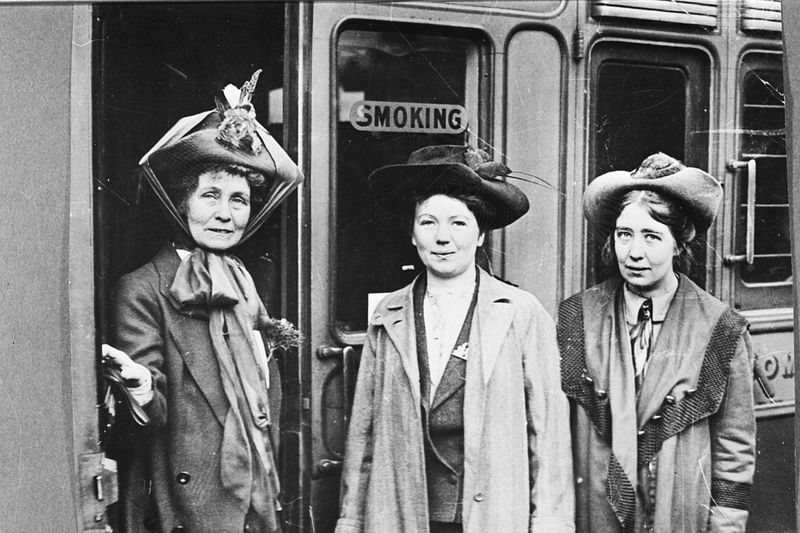
Suffragette fashion in the 1910s was as bold as the cause it championed. Imagine women marching in sashes and hats, transforming the streets into a runway of resistance.
This style was more than a statement; it was an armor of empowerment, each garment a stitch in the fabric of change. Suffragette fashion was a defiant nod to equality, where fashion met activism in a powerful embrace.
These women wore their beliefs with pride, paving the way for future generations to express themselves. Next time you dress with purpose, remember the suffragettes—a reminder that clothing can be both fashionable and formidable. Suffragette fashion remains a symbol of courage, celebrating the strength of conviction in every stitch.
19. The Birth of the Bra

The birth of the bra in the 1910s was a revelation, freeing women from the constraints of the corset. Picture a woman in her boudoir, fitting a new brassiere that promised comfort and liberation.
This undergarment was a milestone in fashion, offering support in more ways than one. The bra symbolized a shift towards practicality, aligning with the era’s changing attitudes towards women’s roles.
The innovation of the bra paved the way for modern undergarments, combining comfort with style. Next time you reach for a bra, think of its revolutionary roots—a testament to the evolution of fashion and freedom. The birth of the bra remains a pivotal moment in sartorial history, highlighting the balance of function and form.
20. The Invention of Stainless Steel

The invention of stainless steel in the 1910s was a breakthrough that shone brightly in the industrial world. Picture a bustling factory, workers crafting products that gleamed with promise and durability.
This metal marvel was more than just corrosion-resistant; it was a catalyst for innovation across industries. Stainless steel became the backbone of modern engineering, from skyscrapers to kitchenware.
The discovery of stainless steel transformed manufacturing, proving that strength and beauty can coexist. Next time you use a stainless steel item, think of its origin—a reminder of human ingenuity and the quest for improvement. Stainless steel remains a testament to the power of innovation, with a legacy that continues to shine through the ages.
21. The Easter Rising

The Easter Rising of 1916 was a pivotal moment in Irish history, echoing with the cries of freedom and rebellion. Picture the streets of Dublin, alive with the clamor of revolution as rebels clashed with British forces.
This uprising was more than a battle; it was a declaration of identity and a quest for self-determination. The Easter Rising ignited a spark that would lead to Ireland’s eventual independence.
The bravery of those who stood in defiance of oppression left an indelible mark on history. Next time you hear tales of revolution, remember the Easter Rising—a testament to the enduring spirit of resistance. The Easter Rising remains a symbol of courage and the relentless pursuit of freedom, a chapter that resonates with the echoes of a nation’s heart.
22. The Rise of Modern Art
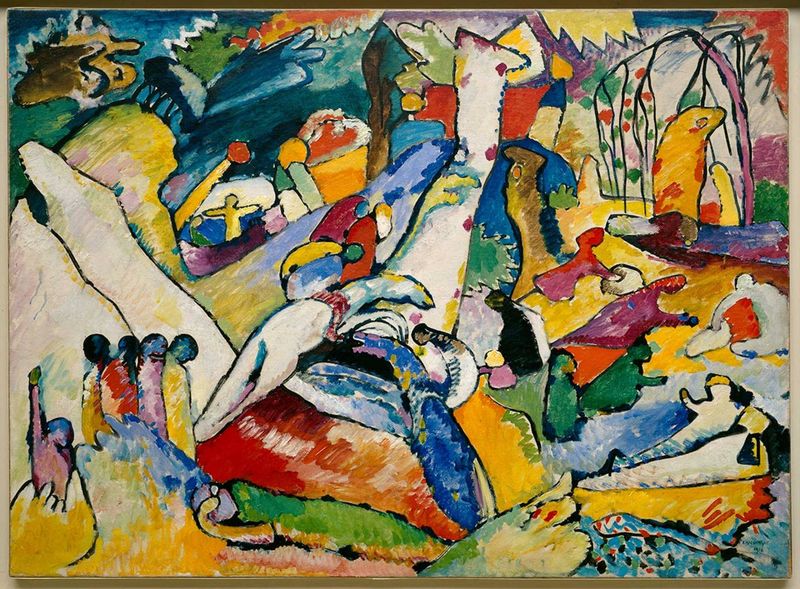
The rise of modern art in the 1910s was a visual revolution, breaking away from tradition and embracing abstraction. Picture an art gallery, walls adorned with bold expressions and daring colors that challenged the norm.
Modern art was more than a movement; it was a mindset that celebrated creativity and individuality. Artists like Kandinsky and Duchamp pushed boundaries, turning art into a dialogue of ideas.
This era marked a shift towards innovation, inspiring artists to see beyond the canvas. Next time you view modern art, embrace its audacity—a reminder that boundaries are meant to be blurred. The rise of modern art remains a testament to the power of imagination and the courage to defy convention.
23. The Zimmermann Telegram
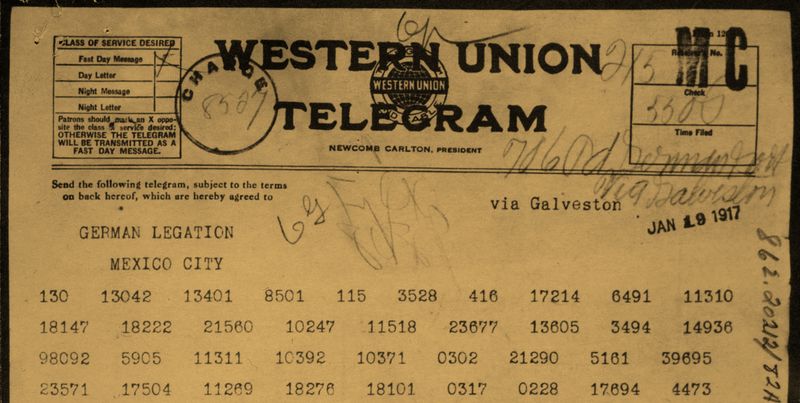
The Zimmermann Telegram of 1917 was an encrypted message that almost rewrote the map of alliances. Picture a clandestine document, its cryptic codes weaving a tale of intrigue and international diplomacy.
This telegram was more than a piece of paper; it was a catalyst that propelled the United States into World War I. The power of words, encoded and decoded, changed the course of history.
The Zimmermann Telegram is a reminder of the impact of communication and the delicate dance of diplomacy. Next time you send a message, think of its potential to shape outcomes—because words, even in code, carry weight. The Zimmermann Telegram remains a symbol of the unexpected turns in the tapestry of global events.
24. The Great Migration Begins
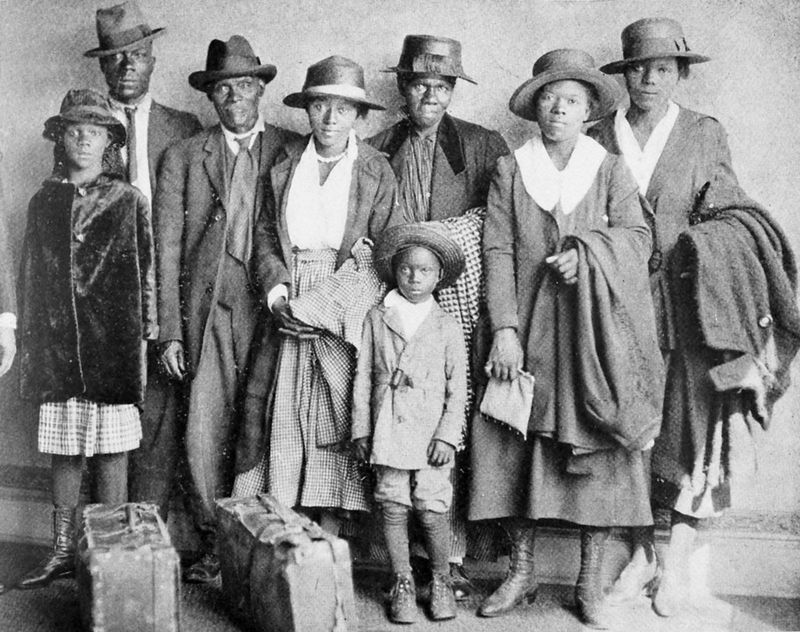
The Great Migration of the 1910s was a journey of hope and opportunity, as African Americans moved North in search of a better life. Picture families boarding trains, leaving behind the South’s shadows for the promise of progress.
This migration was more than a movement; it was a transformation that reshaped communities and cultures. The North became a canvas for new beginnings, as dreams were painted with the hues of freedom and ambition.
The Great Migration left a legacy of resilience and resourcefulness, inspiring generations to pursue their aspirations. Next time you embark on a journey, remember the Great Migration—because sometimes, the path less traveled leads to the horizon of possibility. The Great Migration remains a testament to the enduring quest for dignity and opportunity.
25. The Zeppelin Era

The Zeppelin era floated into the 1910s with grandeur, as these giant airships graced the skies with their majestic presence. Picture a Zeppelin drifting over a city, casting a shadow of wonder and innovation.
These airships were more than transportation; they were a testament to human ambition and the allure of flight. The Zeppelin era was a time when the skies became the canvas for dreams.
Despite their eventual decline, Zeppelins left an indelible mark on aviation history, inspiring awe and adventure. Next time you look up, imagine a Zeppelin’s silhouette—a reminder that sometimes, dreams are lighter than air. The Zeppelin era remains a symbol of exploration and the spirit of reaching for the skies.
26. The Invention of the Zipper

The invention of the zipper in the 1910s was a fastener that changed the fabric of fashion. Picture a tailor demonstrating this newfangled contraption, transforming the way garments were worn.
The zipper was more than a convenience; it was a revolution in functionality, zipping through the complexities of everyday life. This invention streamlined fashion, proving that sometimes, the simplest solutions create the most impact.
The zipper remains a staple in design, a testament to the power of practicality and innovation. Next time you zip up a jacket, think of its origin—a reminder that even the smallest inventions can have a big impact. The invention of the zipper remains a pivotal moment in fashion, highlighting the beauty of simplicity and utility.
27. The Rise of Dadaism
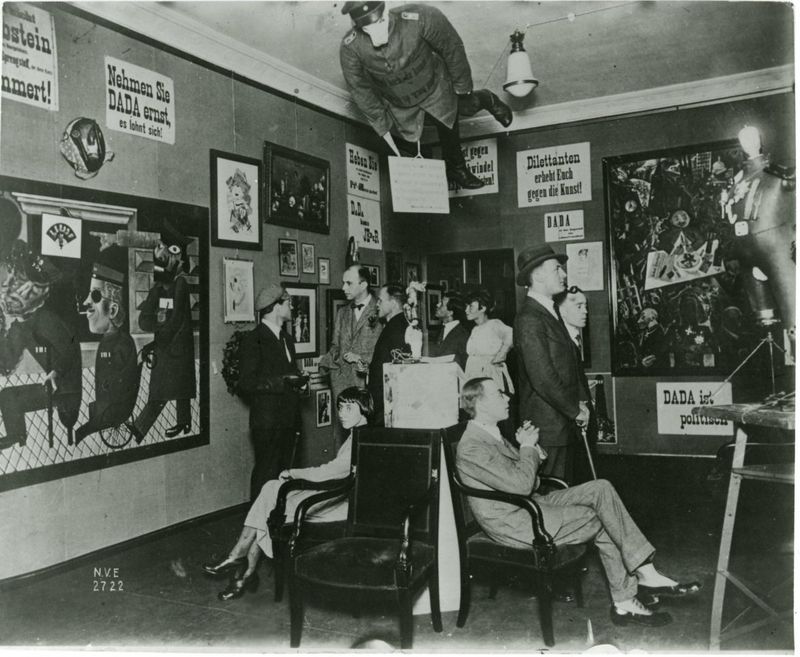
The rise of Dadaism in the 1910s was a playful rebellion against the norms of art, where absurdity and creativity danced hand in hand. Picture an art exhibit filled with the surreal and the abstract, defying conventions with every piece.
Dadaism was more than an art movement; it was a statement of freedom, a challenge to the status quo. It was art that made you think, laugh, and question reality itself.
This movement inspired artists to see the world through a kaleidoscope of possibilities. Next time you encounter the unconventional, embrace it—a reminder that art is as boundless as imagination. The rise of Dadaism remains a testament to the power of creativity and the courage to question the norm.
28. Street Vendors of New York

In the bustling streets of 1910s New York City, an array of street vendors showcased the vibrancy of urban life. These vendors, often immigrants, sold everything from fresh produce to handcrafted trinkets. Their colorful stalls added to the city’s diverse tapestry.
Crowded sidewalks became a marketplace where different cultures mingled. Shouts of sellers and the clamor of carts created a lively symphony. This scene was a testament to the entrepreneurial spirit that characterized this bustling metropolis.
The street vendors not only provided goods but also offered a taste of home to many, bridging cultures and communities.
29. The Futurist Banquet

A Futurist banquet was unlike any other dining experience. Set in the 1910s, these events were a feast for the senses, merging art and gastronomy. Guests dined amidst avant-garde sculptures and bizarre food presentations that defied convention.
The dining tables became canvases where culinary art met futuristic ideals. Unusual ingredients and daring combinations challenged traditional palates. Attendees, dressed in experimental attire, engaged in lively discussions about art and society.
This culinary adventure not only satisfied hunger but also fueled creativity, pushing the boundaries of taste and aesthetics in an ever-evolving world.
30. Patent Medicine Show

Patent medicine shows captivated the public’s imagination in the 1910s. Charismatic salesmen took center stage, promising miracle cures for every ailment. Their performances were as much about entertainment as they were about selling.
Colorful posters and lively tents drew in skeptical yet hopeful crowds. These events were spectacles, blending theater with commerce, as audiences became part of the show.
Despite the dubious claims, these shows highlighted the era’s fascination with quick fixes and innovative remedies. They were a precursor to modern marketing techniques, showcasing the power of persuasion in a rapidly changing world.
